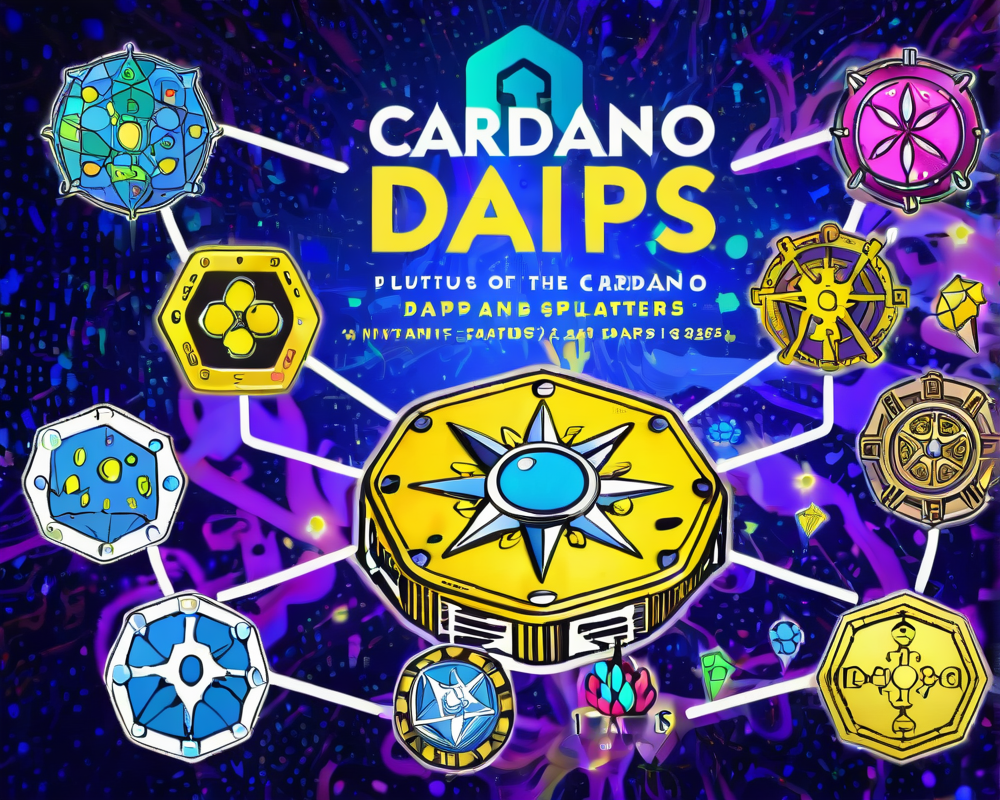Understanding Decentralized Applications (dApps)
Decentralized applications, or dApps, are all the rage these days, and it’s not just because they sound cool. As businesses and developers flock to decentralized networks like blockchain, dApps offer enticing advantages like transparency, efficiency, and autonomy. However, diving into the world of dApps can feel like you’re trying to solve a Rubik’s Cube blindfolded. Thankfully, frameworks are here to simplify the madness!
The Brains Behind Cardano: Meet Plutus
Enter Plutus, Cardano’s smart contract programming language that’s more precise than a Swiss watch. Built on Haskell, it brings the rigor of functional programming to the table, allowing developers to cook up secure and flexible smart contracts. Imagine creating financial applications that can operate on the Cardano blockchain without the usual headaches. With Plutus’s formal verification, developers can mathematically prove their contracts are not just wishful thinking!
Plutus Features that Wow
- Security: With formal verification, it ensures contracts are bug-free before they even hit the blockchain.
- Flexibility: Plutus lets you create both on-chain and off-chain code, which means more options for application design.
The Role of Plutus Application Backend (PAB)
Now, let’s talk about the sidekick every dApp needs—the Plutus Application Backend (PAB). Think of PAB as the narrator of a soap opera; it has to balance the drama of on-chain validations with the real-world actions that happen off-chain. Unlike Ethereum’s all-on-chain model, Cardano embraces the eUTXO model, allowing computation to be offloaded. The PAB’s responsibilities include:
- Querying the current state of the blockchain.
- Handling user interactions.
- Executing smart contracts on-demand.
- Building transactions that are ready to roll.
- Submitting signed transactions to the network.
PAB Solutions: Picking Your Ideal Partner
Cardano brings several PAB options to the table, each with unique flavors. Whether you’re feeling the robust complexity of IOG PAB or the sleek charm of Lucid, there’s something for everyone!
IOG PAB
Developed by the founding folks at IOG, the IOG PAB offers a monolithic framework that combines a myriad of tools into one handy package. It’s complex but offers stellar native interoperability with Plutus. Just make sure you bring a friend who knows Haskell along when exploring this terrain!
Atlas
With a name as grand as its ambitions, Atlas rises from MLabs, Well-Typed, and Plank collaboration. It focuses on abstractions to simplify transaction-building while supporting modular data providers, lending itself to a smoother developer experience.
Lucid
JavaScript developers, rejoice! Lucid, born from the creative minds at SpaceBudz, makes waves with its Deno and Node.js structure, bringing the flexibility of JavaScript into the dApp mix. It’s a great entry point for those scratching their heads over Haskell.
Mesh
If you’re aiming for something a bit more nimble, Mesh has you covered. Also JavaScript-based, it presents higher-level abstractions for niche functions like minting NFTs and staking, making web development even more user-friendly.
The Road Ahead for Cardano Developers
While building your very own PAB could feel like constructing a space shuttle, Cardano’s open-source solutions simplify life tremendously. These frameworks not only lower the barrier for entry but also ensure developers can hit the ground running. With a flourishing ecosystem, dApp development on Cardano is now smoother than a buttered biscuit!
As the CSO at Genius Yield would say, the future of Cardano’s dApp landscape is blossoming, making it an exciting time for developers and users alike!



